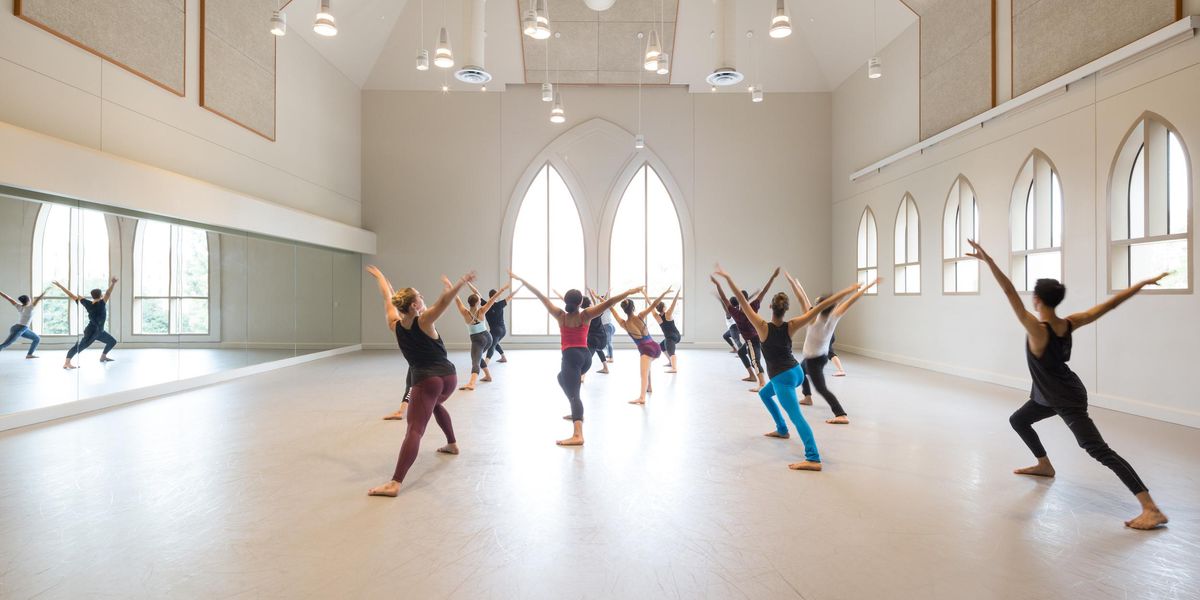Competitions: The Pressure To Go Acrobatic
I just spent two weekends on the jury of Youth America Grand Prix in two cities: San Francisco and Boston. While there is always some fantastic talent to see, I’ve noticed an annoying trend in the “contemporary” category.
The ballet category is pretty stable—everyone knows to put in some arabesques, pirouettes and grand jetés—but in “contemporary,” the style is all over the map. Some enter this category with a classical ballet variation, others bring an earthy modern dance piece, and still others perform a character number kind of like a skit. But then there are those who treat “contemporary” as a catchall category and throw in everything they ever learned. This often includes extreme ballet, like holding the leg up close to the ear while you turn, or arching back into a walkover or a no-hands cartwheel. Some push the gumby-ness so far that what they do could be called contortions.
These feats may wow the parents, but for us, the judges, they are simply not aesthetic.
This intrusion of acrobatics into otherwise lovely dancing got me wondering…Why? So I decided to ask one of the teachers in the Boston competition, Charles Flachs, co-director of Massachusetts Academy of Ballet. He had choreographed a solo for 12-year-old Emma Spillane, who caught the judges’ attention instantly with her excellent technique, natural warmth and deep joy in dancing. She ended up placing high in both contemporary and classical. I was thrilled with her dancing, but I almost groaned when she did a walkover, not once but twice. She doesn’t need that, I thought.
Emma Spillane, Boston YAGP, photo © VAM Productions
So I asked Flachs, why the walkovers? She had won our hearts with pure dancing. “She’s a competition dancer,” he said, “and I want to show what she can do.” He told me about another time when he entered a talented student into a competition and kept the dance tasteful, but the judges dismissed the routine as not being “spectacular” enough.
Well I am here to say that the YAGP judges don’t need that particular kind of spectacular. Many contestants who do fancy acrobatics execute those moves without any feeling or awareness. There’s almost a disembodied feeling to those performances. Larissa Saveliev, co-founder and co-director of YAGP, says that they are trying to educate parents on what artistry is in dance—and it’s not super flexible walkovers. She feels that naturally the parents don’t see dance the way the judges do. As a judge, I can say that we hold the artistry of dance dear. Emma blew me away because her sense of artistry was instantly visible—even as a 12-year-old. She had graciousness and flow, and she moved from one step to the next with body and soul. Not surprisingly, her score was high enough that she will move on to the finals in New York City next month.
But here’s the best part of the story: After listening to Larissa and me speak about Emma’s artistry, Charles decided to take out the gymnastic ending to her solo. I was so happy and relieved to hear this! If one teacher can put his full faith in artistry and dispense with the extreme gymnastics, then others can too. I think that would give each participant a chance to become a dancer in the deepest sense.




